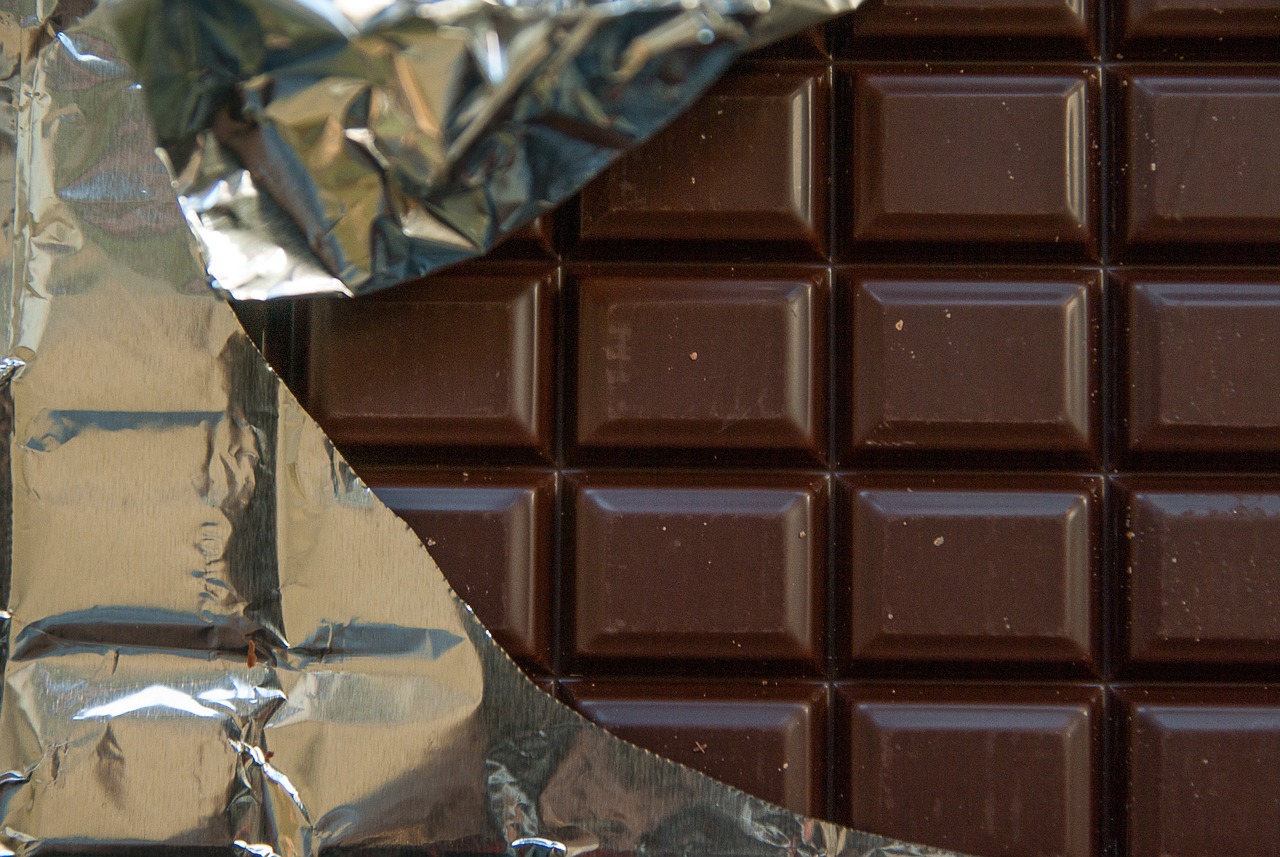 Food as identity
Food as identity
The “melting pot” in American cuisine may be a myth, not terribly unlike the thought of a melting pot of yank culture, notes chef Dan Barber (TED Talk: How I fell taken with a fish). I think “American” cuisine is occupation the identical direction, becoming more localized, not globalized.”
Food becomes one of the popular subject when it comes to vlogging around the world. If you are a vlogger or into creating vlogs with the subject that you love, imagefilm agentur can help you bring the right viewers. The natural wealth of the country forms American cuisine. Eating soba noodles becomes a part of what it means to be Japanese, and eating beans becomes a part of what it means to be French.
Every culture and religion uses food as a part of their celebrations, says Ellen Gustafson, co-founder of the FEED Project and therefore the 30 Project, which aims to tackle both hunger and obesity issues globally. (Watch her TED Talk: Obesity + need = 1 global food issue.) “The celebratory nature of food is universal. Every season, every harvest, and each holiday has its food, and this is often true in America in addition.
Food as status
Those slightly younger people are the beneficiaries of the restaurant culture exploding in Shanghai. The town is home to 23 million people and has 100,000 restaurants, up from but ten thousand a decade ago. Now, you’ll find food from all of the provinces of China in Shanghai, moreover as all types of worldwide food styles imaginable.
The introduction of world foods and makes has compounded food as a standing symbol for middle-class Chinese.
The introduction of worldwide foods and makes has compounded food as a standing symbol for middle-class Chinese. “Food as status has always been a large thing in China,” says Mo. “Being ready to afford to eat seafood or abalone or shark’s-fin or bird’s-nest soup, or having the ability to point out the reference to a VIP by serving them the best yellow rice wine, is an element of our history. Now it became different and upgraded. It can be a Starbucks coffee, or Godiva chocolates, or a Voss bottle. It’s how of showing your sophistication and worldliness.”
Eating is completed family-style, with shared dishes, and eating is the primary group activity for friends and families. This can be all the way that food brings people together in a metropolis.
Food as pleasure
“Food in France continues to be primarily about pleasure,” says Mark Singer, technical director of cuisine at Le commis chef in Paris.
“Things have changed dramatically within the past 20 years when it involves food within the country,” he says. “What was an enormous affair with eating has slowly softened up. There are still events within the year, like birthdays and New Year’s Eve, and yuletide Eve, anchored into traditional food and cooking. But it’s not daily.”
Food as community
In Arab cultures, the community is vital to the food culture. The daily iftar that breaks the fast during Ramadan, as an example, features platters of traditional fare like tharid and h’riss shared by all who are sitting down to break the fast, eating with their hand from the identical dishes. Families and institutions will host private iftars, of course. Still, mosques, schools, markets, and other community organizations will offer large iftar meals, and everyone is receptive to the general public and shared. This family type of eating isn’t dissimilar to the dishes on a Chinese dining table, where one doesn’t eat one portioned and plated dish but is anticipated to eat from shared, communal platters.
Food as humanity
Perhaps cuisine, though, isn’t such a lot about progress because it is about restraint.
“One of the good things about cuisine is that it the simplest thanks to being patient our worst quite hedonism,” says Barber. “There isn’t any landscape within the world that sustainably allows us to eat how we predict we wish to.”

